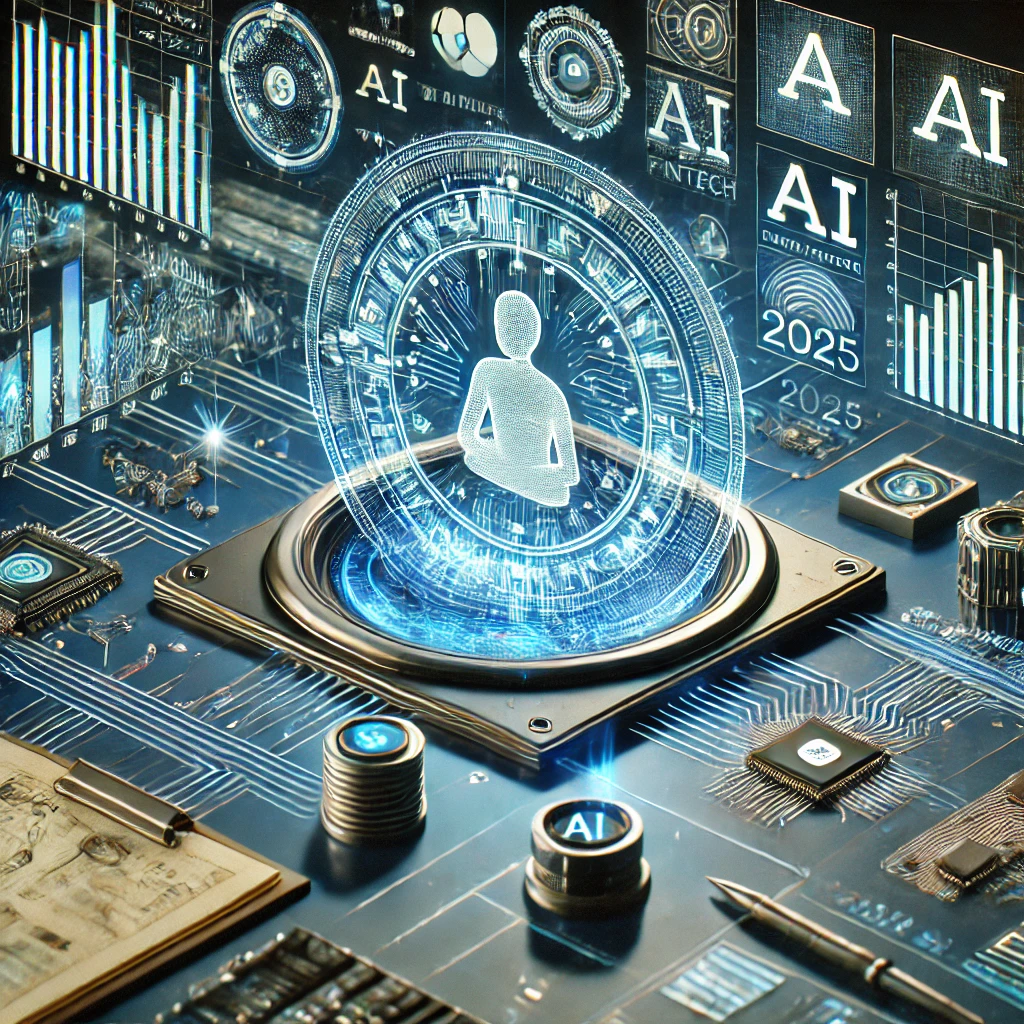Understanding AI Development Cost in Healthcare (2025): Key Factors, Technologies, and Budgeting Insights

1. Introduction: Why AI Development Cost Matters in Healthcare
Artificial Intelligence (AI) has become transformative for healthcare—improving diagnostics, treatment planning, patient monitoring, and operational efficiency. But understanding the AI development cost is crucial for healthcare organizations to allocate budgets effectively, minimize risks, and maximize ROI. In 2025, with new tools and stricter regulations, comprehending cost drivers can be a game-changer.
2. Key Factors Influencing AI Development Cost
Project Scope and Complexity:
Complex AI models like deep learning for image analysis cost more than simpler rule-based algorithms. The wider the scope (e.g., multi-modality data), the higher the investment.
Data Acquisition and Labeling:
High-quality healthcare data is sensitive and costly to obtain. Labeling medical images or clinical notes requires domain expertise, driving up costs.
Talent and Expertise:
Healthcare AI demands data scientists, AI researchers, software engineers, and medical experts. Salaries for such niche roles significantly affect overall expenses.
Infrastructure and Tools:
AI training requires GPUs, cloud computing, and advanced frameworks (TensorFlow, PyTorch). Cloud costs scale with data volume and model complexity.
Integration with Existing Systems:
AI models must integrate with EHRs, PACS, and hospital IT infrastructure. Custom APIs and middleware add development time and cost.
3. Core Technologies Driving AI in Healthcare
Machine Learning and Deep Learning: Algorithms that learn patterns from medical data for diagnostics, prognosis, and personalized treatment.
Natural Language Processing (NLP): Extracting insights from clinical notes, patient records, and medical literature.
Computer Vision: Analyzing medical imaging (X-rays, MRIs) for disease detection.
Edge Computing: Enabling real-time AI inference on devices like wearables and bedside monitors to reduce latency and cloud costs.
4. Development Phases and Their Cost Breakdown
Research & Proof of Concept (PoC):
Initial ideation, data exploration, feasibility studies. Cost relatively low but critical for validation.
Data Preparation & Annotation:
Cleaning, structuring, and annotating data. Can consume 30-40% of total costs due to domain expertise needs.
Model Development & Training:
Experimenting with models, hyperparameter tuning, and training runs. GPU and cloud compute costs dominate here.
Testing & Validation:
Ensuring model accuracy, robustness, and safety through clinical validation.
Deployment & Integration:
Embedding AI into healthcare workflows, APIs, and software interfaces. Testing for interoperability increases cost.
Maintenance & Updates:
Continuous monitoring, retraining with new data, and regulatory compliance updates.
5. Regulatory and Compliance Impact on Cost
Healthcare AI must comply with HIPAA, FDA, GDPR, and other regional regulations, requiring:
Data Privacy Measures: Encryption, anonymization, and secure storage.
Audit Trails and Documentation: For model decisions and data lineage.
Clinical Trials & Approvals: Validating AI tools as medical devices involves costly trials.
Non-compliance can lead to penalties, making upfront investment in compliance necessary.
6. Cost-Saving Strategies Without Compromising Quality
Use Pre-trained Models & Transfer Learning: Reduces training time and resource use.
Leverage Cloud-Native AI Services: Scalable and pay-as-you-go pricing models.
Automate Data Labeling with Active Learning: Combine AI and human expertise to reduce manual effort.
Adopt Agile Development & MVP Approach: Build incrementally to optimize budget and pivot quickly.
Partner with Specialized Vendors: Access expertise and infrastructure without heavy upfront investment.
7. Future Trends Affecting AI Development Cost
Increased Use of Generative AI: For synthetic data generation reducing data acquisition cost.
AI-as-a-Service Platforms: Simplify deployment and maintenance.
Regulation Evolution: Stricter rules might increase upfront costs but improve long-term safety.
Hardware Advances: More efficient GPUs and edge devices reduce infrastructure costs.
8. FAQs
Q1: What is the typical range of AI development cost in healthcare?
Costs range from $100K for small PoCs to several million for enterprise-grade, fully integrated solutions.
Q2: How long does AI development take in healthcare?
From 6 months to 2 years depending on complexity and regulatory needs.
Q3: Are open-source tools viable for healthcare AI projects?
Yes, but they require customization and validation to meet clinical standards.
Q4: How does data quality impact AI development cost?
Poor data quality increases annotation time, retraining, and errors, significantly raising costs.
Q5: Can AI reduce operational costs in healthcare?
Yes, through automation, error reduction, and better resource management.
Q6: What ongoing costs should be expected after AI deployment?
Maintenance, monitoring, model retraining, and compliance updates.
Q7: How can healthcare startups manage AI development costs?
Start small, use cloud services, adopt pre-trained models, and collaborate with AI partners.
9. Conclusion
Understanding AI development cost in healthcare is vital to balancing innovation with budget realities. As technology evolves and regulations tighten, strategic planning—focused on project scope, data, compliance, and cost-efficient technologies—will help healthcare providers unlock AI’s full potential. With proper investment and partnerships, AI can revolutionize patient outcomes while optimizing costs.
Note: IndiBlogHub features both user-submitted and editorial content. We do not verify third-party contributions. Read our Disclaimer and Privacy Policyfor details.







